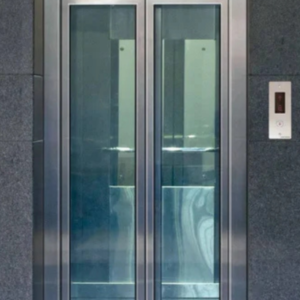OTIS Passenger Lift
Otis passenger lifts provide reliable, smooth, and advanced vertical transportation for residential, commercial, and industrial buildings. With various models, capacities, and customization options, they suit different needs. Prices vary based on lift type, speed, and installation complexity, ensuring efficient mobility solutions for diverse spaces.
Product Description
Otis Passenger Lift Price
Otis passenger lifts are known for reliability, advanced technology, and smooth operation. They are a top choice for residential, commercial, and industrial buildings. The price varies based on several factors, including lift type, capacity, number of floors, installation complexity, and customization options. Costs range from budget-friendly models for small residential buildings to premium versions for skyscrapers and luxury spaces. Each project has unique requirements, and the final price depends on specifications and installation needs.
Capacity and Pricing
Lift capacity significantly affects the price. Standard models accommodating four to six passengers cost less than larger ones for ten or more people. Commercial spaces, shopping malls, hotels, and office buildings often require high-capacity lifts. These models use stronger motors, advanced safety features, and durable components, increasing their cost. Lift speed also impacts pricing. High-speed models for tall buildings require advanced motor and control systems, making them more expensive than standard-speed versions for low-rise structures.
Technology and Cost
Technology plays a crucial role in pricing. Machine-room-less (MRL) elevators are popular for their space-saving design and energy efficiency. They offer a balance between cost and performance. Traditional geared traction lifts, used in mid-rise buildings, often cost more due to additional space and installation needs. Gearless traction lifts, found in high-rise buildings, provide smoother operation and higher speeds but come at a higher price. Hydraulic lifts, common in low-rise structures, have a lower upfront cost but may require more maintenance over time, adding to long-term expenses.
Installation and Structural Considerations
The number of stops and travel height also affect the price. Lifts in low-rise buildings with fewer floors are generally more affordable. High-rise models with multiple stops require sophisticated systems, increasing costs. Installation complexity also matters. Adding a lift to an existing building requires extra construction, such as shaft reinforcement, electrical upgrades, and compliance with safety regulations. These factors contribute to higher installation costs.
Customization and Aesthetic Upgrades
Customization and design choices impact the final price. Basic models with standard interiors are cost-effective. High-end designs featuring glass panels, decorative lighting, touch-screen controls, and premium materials increase costs. Many luxury hotels, commercial buildings, and high-end residences invest in customized lifts to match their architectural style, adding to expenses.
Maintenance and Long-Term Expenses
Beyond the initial cost, maintenance is essential. Regular servicing ensures smooth and safe operation. Otis offers various maintenance plans, with costs depending on the chosen service package. Advanced lifts with sophisticated technology often require more expensive maintenance due to complex components and specialized servicing needs. Lift prices vary based on project specifications, so consulting an authorized Otis dealer is the best way to get an accurate estimate.













Reviews
There are no reviews yet.